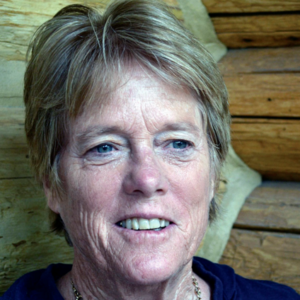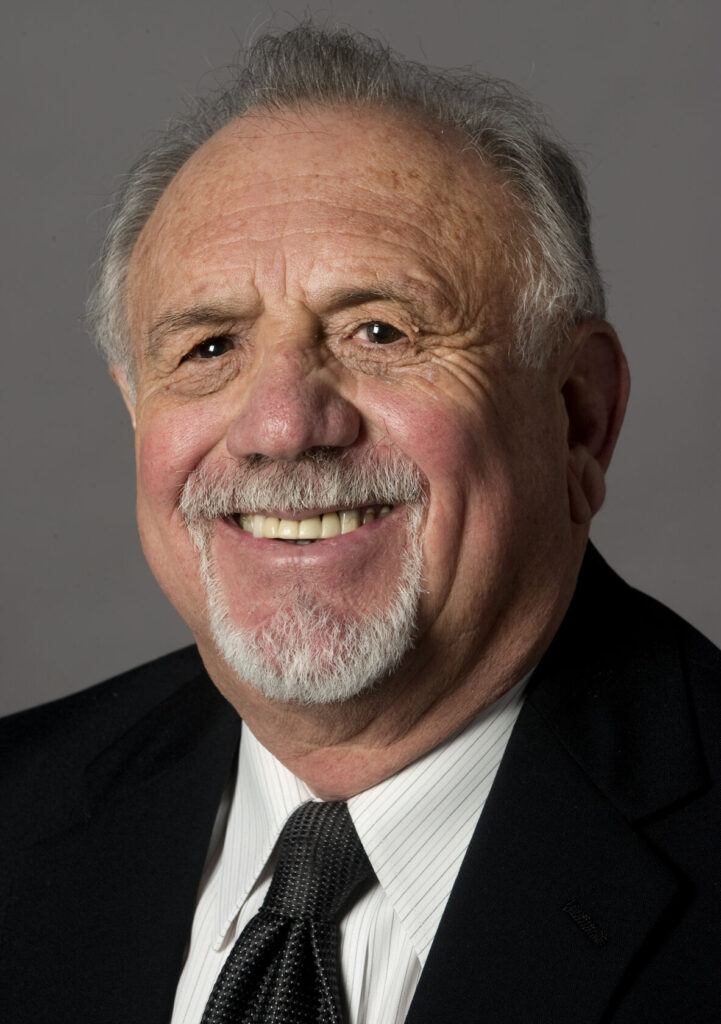Older neighborhoods vs. affordable housing across Colorado’s Front Range | CRONIN & LOEVY

For the past two years, a battle has been raging for control of the character and livability of older neighborhoods in cities throughout the Front Range of Colorado.
The older neighborhoods, most of them clustered around the downtown area of Front Range cities, have been ill equipped to fight this battle. Some of them have organized volunteer homeowners’ associations that have been able to work to protect current zoning laws, yet many of the other neighborhoods are disorganized and barely perceive the dangers they face.
The dangers come from a national movement, increasingly present in Colorado, to densify the population in existing neighborhoods through such techniques as allowing additional housing units to be built in backyards and side yards.
Another densifying technique is to smooth the way for single-family housing to be torn down along major bus routes and replaced with high-population apartment buildings filled with potential bus riders.
Yet another reform would remove parking requirements for new apartment buildings, thereby forcing the additional cars into the surrounding single-family neighborhoods and making parking more difficult there.
In short, the so-called reforms would take what are now livable single-family and two-family neighborhoods, infuse them with more people, automobiles, and apartment houses, and leave them less desirable places to live.
Initially the support for densifying older neighborhoods surrounding downtowns came from reformers in city planning departments and, in some cases, elected members of city councils.
The goal, in their view, was to create more affordable housing for poorer and younger citizens, even if at the expense of the present livability and desirability of existing single-family and two-family neighborhoods.
In the past two years, however, the major support for densifying and “apartmenttising” existing city neighborhoods has come from Colorado’s governor and pro-density members of both the Colorado state Senate and the Colorado state House of Representatives in Denver.
In its 2024 and 2025 legislative sessions, the state legislature passed and the governor signed laws requiring additional dwelling units, apartments along bus routes, and no parking requirements for apartment developments.
The nation does have a severe housing shortage, perhaps short of four million homes. As a result, housing, as we well know in Colorado, is more expensive. And it is tougher for young families and low-income people to find housing they may be able to afford near where they work.
Journalists have coined the word “YIMBY” to refer to density advocates who say “Yes in my back yard.” They call for tiny homes to be built in other people’s backyards.
Elected leaders in several states have weakened environmental codes and tried to come up with programs to make it easier to take out loans to build ADUs (additional dwelling units). There are national bills along these lines as well.
This is not just a Colorado conflict. Similar tensions are taking place in California, Massachusetts, Maryland, Arizona, Oregon and Hawaii. There are reports of an ADU boom in California. This does not appear to be a midwest struggle, at least not at this time.
Volunteer neighnorhod associations in Colorado feel state efforts here were done by the legislature and governor with little or no regard for the effects these so-called reforms will have on existing low-density neighborhoods and the pleasure and comfort present residents derive from living in them.
YIMBYists accuse concerned neighborhood associations of elitism and insensitivity to the critical housing affordability crisis. Proud residents of established single-home neighborhoods are understandably concerned about serious issues of traffic, parking, waste management, noise, school crowding and more. They are doubtless concerned about their home’s value as well.
This is a tension likely to persist for years to come.
Some Colorado cities along the Front Range are complying with the state legislature’s new laws, but other cities, including Colorado Springs, are refusing to obey the state legislature and carry out all of its densifying reforms.
The governor has responded by threatening to cut off state support and programs for those cities that refuse to obey the new state-required densifying laws.
The governor has said he will decide on Oct. 15 which cities will get the state monetary grants and which ones will not.
This struggle between the state legislature/governor and some of Colorado’s important Front Range cities is an example of a struggle over Home Rule.
This is the idea that anything so basic to a community as the planning and zoning of its neighborhoods should be determined by the City Council and not by the state government.
The state legislature and governor respond the affordable housing issue is significant enough to be of state rather than local concern and therefore the state laws should prevail and not home rule.
Everyone in Colorado should be paying attention to this contentious struggle, which pits the character and livability of our most desirable downtown-area city neighborhoods versus the serious need for affordable housing as it plays out during the coming weeks. Moreover, we will need planners and leaders who can help invent appropriate approaches to this inevitably increasing tension.
Tom Cronin and Bob Loevy regularly write about Colorado and national political issues.












